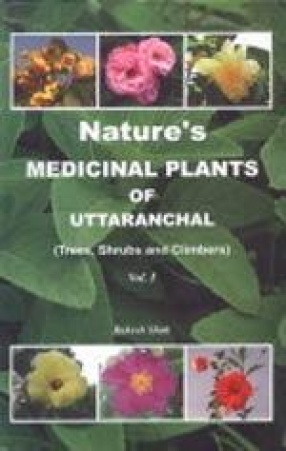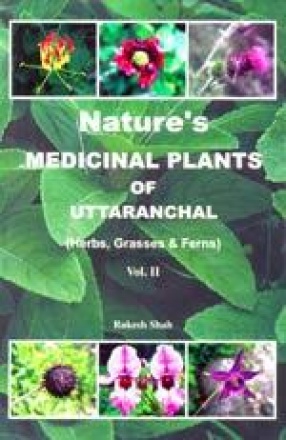Since time immemorial, mankind has been depending on biological diversity to meet its basic need for hunger. The major portion of food uses to be drawn from plants. As the mankind started to settle, the process of domestication of wild species also started. Wild animals were domesticated and with the result we have cattles, poultry etc and also the domestication of edible plant species were done and now we have number of crop species being cultivated throughout the globe. The major portion of our diet comes from the edible floral species. Ethnobiological knowledge of people and listing of plants of particular region are important tools that may help in understanding human environment interactions.
Himalaya has always been considered as a storehouse of biological diversity. There occur 21 forest types in Himalaya, which itself is an indicator of the presence of vast biodiversity, Uttarakhand State, which is a part of Indian Himalayan System, is characterized by a rich diversity and rich heritage of wild edible plants. Wild edible plants have traditionally occupied an important position in the socio-cultural, spiritual and health arena of rural Uttarakhand. Most of the edible plants also possesses the medicinal properties. There are several wild edible plants, which play a critical role in neutraceutics. In India most rural inhabitants depend on the wild edible plants to meet their additional food requirements. Sometimes the nutritional value of the wild edible plants is much higher than the domesticated ones.
The present book reveals the presence of edible flora and their importance in Uttarakhand. The plants are placed in the alphabetical order for the ease of the reader. The numerous colored photographs will make the visual identification much easier. The purpose of the book is to broadly indicate the general identification, known edible part and its use, nutritional value, caution for certain edible parts etc.
Contents: Foreword. Preface. 1. Introduction. 2. Enumeration. 3. Glossary of technical terms used. Bibliography. Photoplates.







There are no reviews yet.